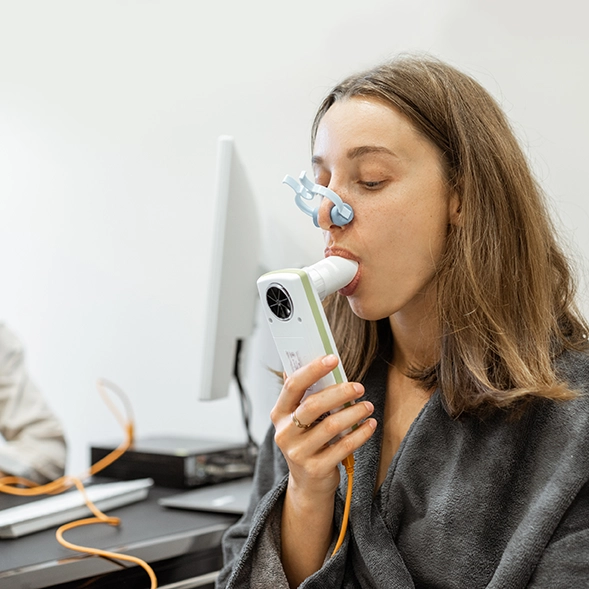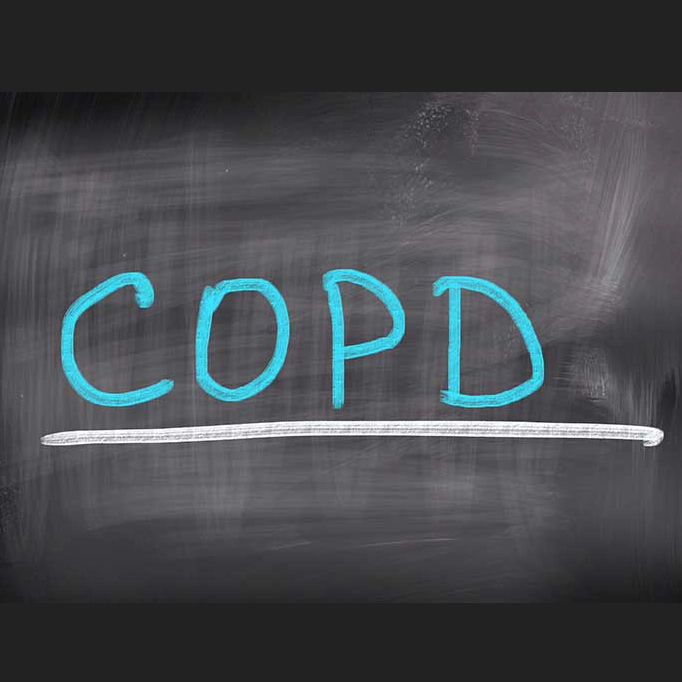Speaker- David M.G. Halpin
Patients with Chronic Obstructive Pulmonary Disease (COPD) typically follow a downward trajectory, worsening over time, although this can fluctuate. Interventions aim to improve certain aspects of COPD, with the goal of maintaining patients at a stable level over time. This concept of stability resonates with patients. Several academic questions arose regarding which aspects of the disease should be assessed to determine stability. The focus was on health status, exacerbations, and lung function. Additionally, the degree of change in these parameters that would define whether a patient could be considered stable.
Previous work examined changes in forced expiratory volume 1 (FEV1), considering two approaches to assess stability. One method involved using the accepted minimal clinically important difference (MCID) of 100 ml, questioning whether a change of less than 100 ml could be considered stable. Findings indicated that even small changes under 100 ml were associated with worse long-term outcomes, particularly in terms of quality of life. This raised the question of whether the alternative threshold for stability should be defined as no change in lung function at all.
In this study the data was utilized from the Informing the Pathway of COPD Treatment (IMPACT) study to examine differences in stability measured by FEV1. They assessed stability using two thresholds: a change of less than 100 ml and a change of less than zero ml. The aim was to determine whether these thresholds were sensitive to interventions and if they provided distinct insights into patient outcomes.
The IMPACT study was a 12-month trial in which patients were randomized to receive either triple therapy, dual bronchodilator, or long-acting beta-agonist (LABA)/ inhaled corticosteroid (ICS). It was aimed to determine whether differences in thresholds for FEV1 stability would yield different outcomes in this patient group. They found that it did not matter whether a threshold of less than 100 ml change or zero change from baseline was used; both thresholds effectively discriminated the proportion of patients achieving stability. The odds ratios for remaining stable were similar over time when comparing dual bronchodilator and LABA/ICS treatments at various intervals, regardless of the threshold applied. The study emphasized to build a body of evidence supporting the concept and exploring the necessary thresholds.
Triple therapy resulted in a higher proportion of patients achieving stability compared to the two dual therapies, regardless of whether the 0 (millilitres) ml or 100 ml threshold was used. They expressed their intent to further explore the concept of stability, confirm the validity of its components, and investigate the necessary thresholds for assessment.
Patients with a zero change in FEV1 were included in the larger group of those with a change of less than 100 ml. This inclusion influenced the observations by providing a larger sample size for the less than 100 ml threshold, which encompassed those with no change. Both thresholds—100 ml or zero ml change—were valid for discriminating treatment effects. They acknowledged that while zero change represents a more precise measure of stability, the larger group provides broader insights into treatment efficacy. The philosophical considerations regarding stability, specifically whether stability must encompass all three components—exacerbations, health status, and lung function—or if some variability could be tolerated in certain areas were taken into consideration. Regarding the measurement of decline, the study assessed FEV1 at multiple time points, including 4, 12, 16, and 52 weeks, considering post-bronchodilator values due to the study design. The practicality of regular FEV1 measurement in clinical settings remain ambiguous, with the consensus that while secondary care could implement regular assessments, primary care might not prioritize lung function evaluations. Finally, the importance of setting thresholds beyond day-to-day variability, particularly in light of age-related decline, suggested that ongoing validation of the concept was necessary for practical application in patient care.
European Respiratory Society Congress 2024, 7–11 September, Vienna, Austria



